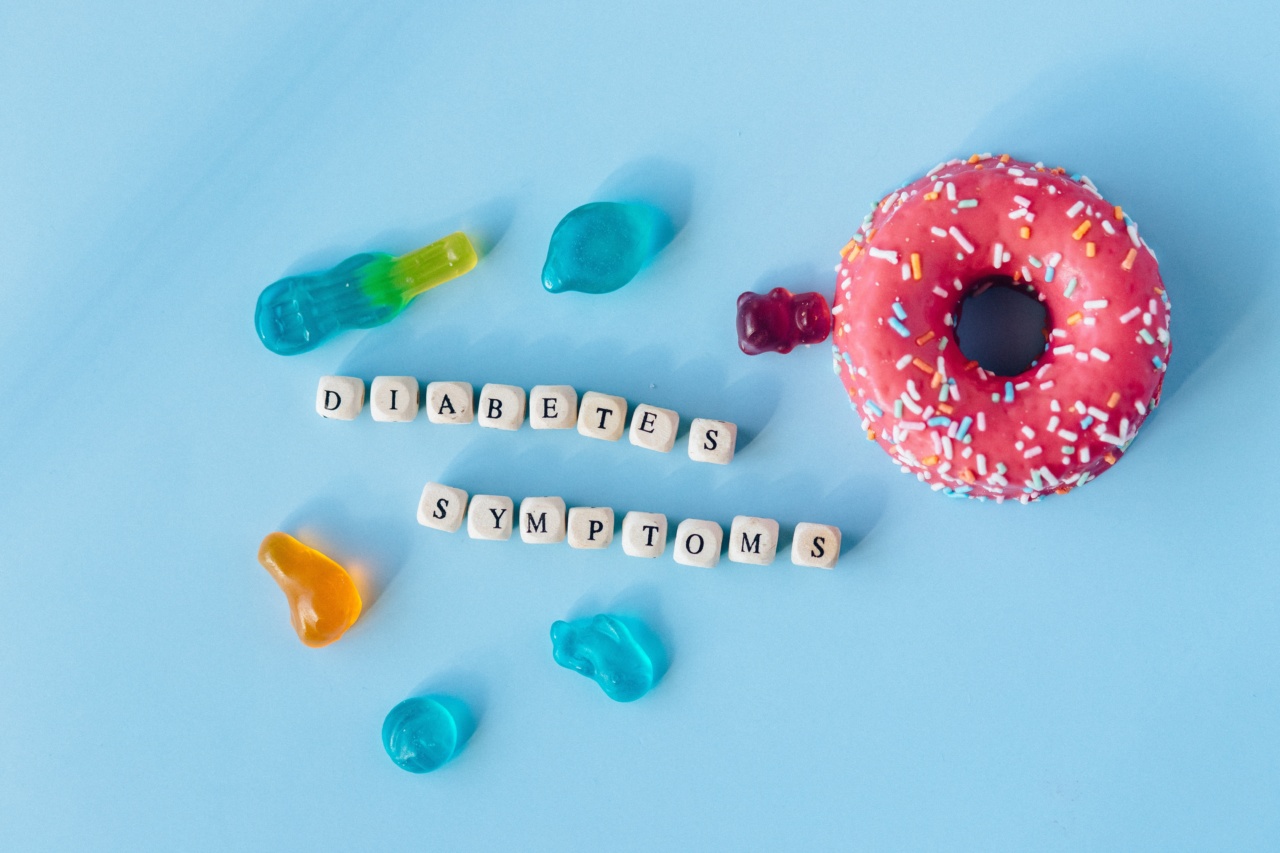Food allergies are becoming increasingly common, affecting millions of people worldwide. An allergic reaction can occur when the immune system mistakenly identifies certain proteins in food as harmful substances.
This results in a range of symptoms, which can vary from mild discomfort to life-threatening reactions.
What Causes Food Allergies?
Food allergies are caused by an abnormal response of the immune system to certain proteins in food. The immune system recognizes these proteins as harmful substances and releases chemicals to defend the body against them.
This immune response leads to the symptoms and signs associated with food allergies.
Common Food Allergens
Some foods are more likely to trigger an allergic reaction than others. The most common food allergens include:.
- Milk
- Eggs
- Wheat
- Soy
- Peanuts
- Tree nuts (such as almonds, cashews, and walnuts)
- Fish
- Shellfish (such as shrimp, crab, and lobster)
Symptoms of Food Allergies
Food allergy symptoms can range from mild to severe and may appear within a few minutes to a few hours after consuming the allergenic food. Common symptoms of food allergies include:.
- Hives
- Swelling of the lips, face, tongue, or throat
- Itching or tingling sensation in the mouth
- Nausea
- Vomiting
- Abdominal pain or cramps
- Diarrhea
- Shortness of breath
- Wheezing or difficulty breathing
- Dizziness or lightheadedness
- Loss of consciousness (in severe cases)
Cross-Reactivity
Sometimes people with food allergies may experience cross-reactivity. This means that if they are allergic to a particular food, their immune system may also react to proteins in other foods that are similar in structure.
For example, if someone is allergic to birch pollen, they may also react to certain fruits and vegetables, such as apples, cherries, or carrots.
Diagnosing Food Allergies
If you suspect you have a food allergy, it is important to see a healthcare professional for a proper diagnosis. They will take a detailed medical history, conduct a physical examination, and may recommend additional tests.
Some common methods for diagnosing food allergies include:.
- Skin prick test: A small amount of allergen extract is placed on the skin, and the area is pricked with a needle. If a red bump or swelling occurs within a specific timeframe, it indicates a positive reaction to the allergen.
- Blood test: A blood sample is taken to measure the levels of specific antibodies (IgE) produced in response to allergens. Elevated levels of IgE may indicate an allergy.
- Oral food challenge: Under the supervision of a healthcare professional, a person consumes a small amount of the suspected allergen to monitor for any allergic reactions.
Treatment and Management
Currently, there is no cure for food allergies. The best way to manage a food allergy is to avoid consuming the offending food. If accidental ingestion occurs, immediate treatment may be required to alleviate symptoms.
Some common ways to manage food allergies include:.
- Reading food labels carefully
- Avoiding cross-contamination during food preparation
- Carrying an epinephrine auto-injector (such as an EpiPen) for emergencies
- Developing an emergency plan with instructions on how to respond to an allergic reaction
- Wearing a medical alert bracelet or necklace to inform others about your food allergy
Seeking Medical Help
If you experience severe symptoms of a food allergy, such as difficulty breathing, rapid heartbeat, or loss of consciousness, seek emergency medical help immediately.
These symptoms may indicate anaphylaxis, which is a severe and potentially life-threatening allergic reaction.
Conclusion
Understanding food allergies and their symptoms is crucial for the safety and well-being of individuals affected by these allergies.
By recognizing the signs of a food allergy, seeking proper medical diagnosis, and managing the condition, individuals can lead a healthy and fulfilling life. Remember, the key to managing food allergies is strict avoidance of the allergenic food and being prepared for emergency situations.






























